I have an Identity Server using identityserver4 framework, its url is http://localhost:9000
My web application is asp.net core 2.0, its url is http://localhost:60002. This application will use the login page of Identity Server.
I want after logging in, the Identity Server will redirect to the application page (http://localhost:60002)
Here is the Startup.cs of client application
Startup.cs
public class Startup
{
public Startup(IConfiguration configuration)
{
Configuration = configuration;
}
public IConfiguration Configuration { get; }
private string AuthorityUri => Configuration.GetValue<string>("UserManagement-Authority");
// This method gets called by the runtime. Use this method to add services to the container.
public void ConfigureServices(IServiceCollection services)
{
JwtSecurityTokenHandler.DefaultInboundClaimTypeMap.Clear();
services.AddAuthentication(options =>
{
options.DefaultScheme = CookieAuthenticationDefaults.AuthenticationScheme;
options.DefaultChallengeScheme = OpenIdConnectDefaults.AuthenticationScheme;
})
.AddCookie()
.AddOpenIdConnect(options =>
{
options.SignInScheme = CookieAuthenticationDefaults.AuthenticationScheme;
options.Authority = AuthorityUri; // "http://localhost:9000"
options.RequireHttpsMetadata = false;
options.ClientId = "customer.api";
options.ClientSecret = "testsecret";
options.ResponseType = "code id_token";
options.Scope.Add("customerprivatelinesvn.api");
options.Scope.Add("offline_access");
options.GetClaimsFromUserInfoEndpoint = true;
options.SaveTokens = true;
});
services.AddMvc();
}
// This method gets called by the runtime. Use this method to configure the HTTP request pipeline.
public void Configure(IApplicationBuilder app, IHostingEnvironment env)
{
if (env.IsDevelopment())
{
app.UseDeveloperExceptionPage();
app.UseWebpackDevMiddleware(new WebpackDevMiddlewareOptions
{
HotModuleReplacement = true
});
}
else
{
app.UseExceptionHandler("/Home/Error");
}
app.UseStaticFiles();
app.UseMvc(routes =>
{
routes.MapRoute(
name: "default",
template: "{controller=Home}/{action=Index}/{id?}");
routes.MapSpaFallbackRoute(
name: "spa-fallback",
defaults: new { controller = "Home", action = "Index" });
});
}
}Here is the loggin page on Identity Server
But there is an infinite loop that calls to http://localhost:9000/connect/authorize endpoint, and then it returns to http://localhost:60002/signin-oidc with "Bad Request - Request Too Long" as below.
When I look at the cookies, there ar lots of items ".AspNetCore.Correlation.OpenIdConnect.xxx"

Here is the log on Identiy Server. It said that Identiy.Application was successfully authenticated.

Does anyone know what this problem is? And how to resolve this? Thank you very much.
Best regards,
Kevin
